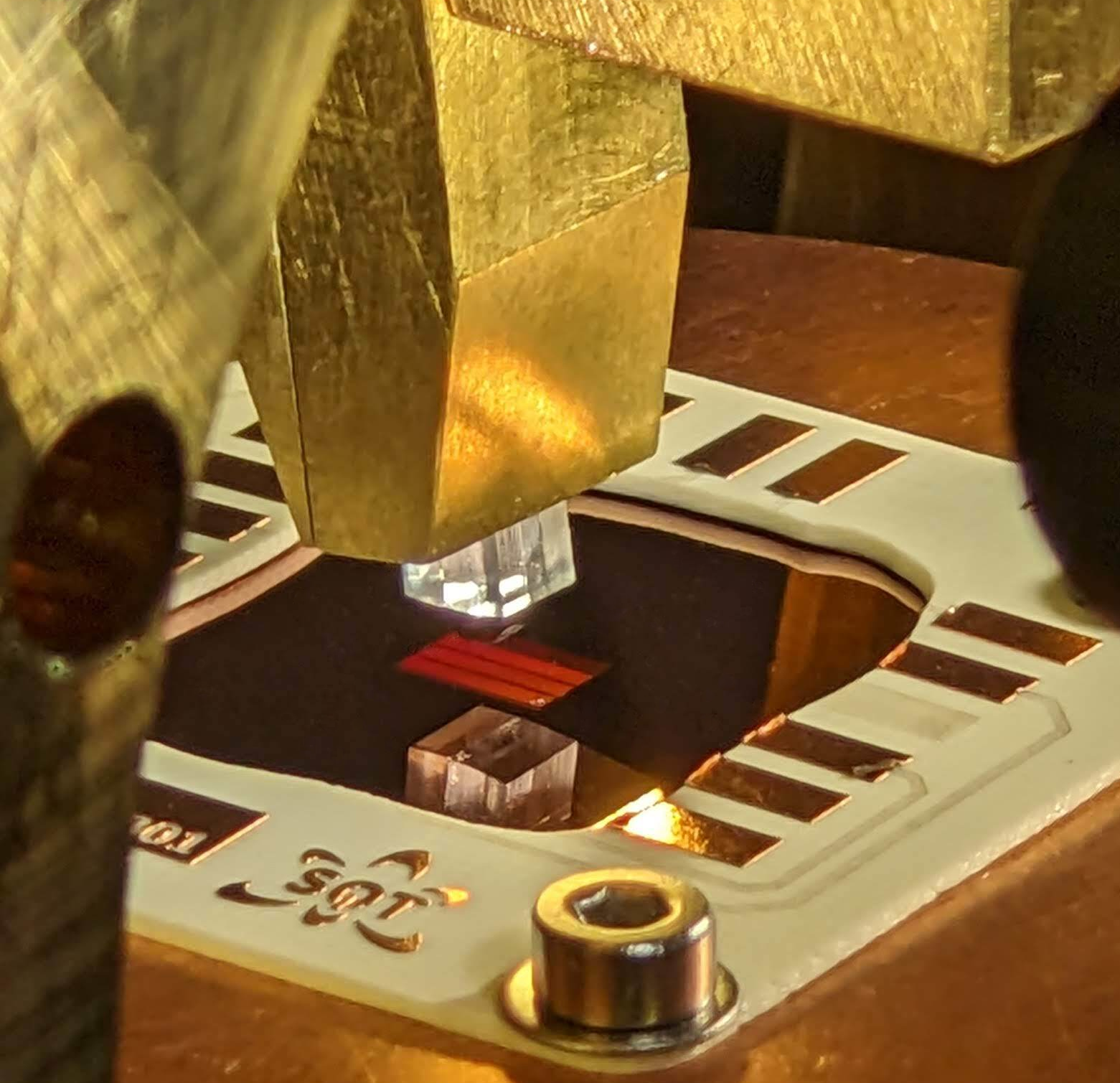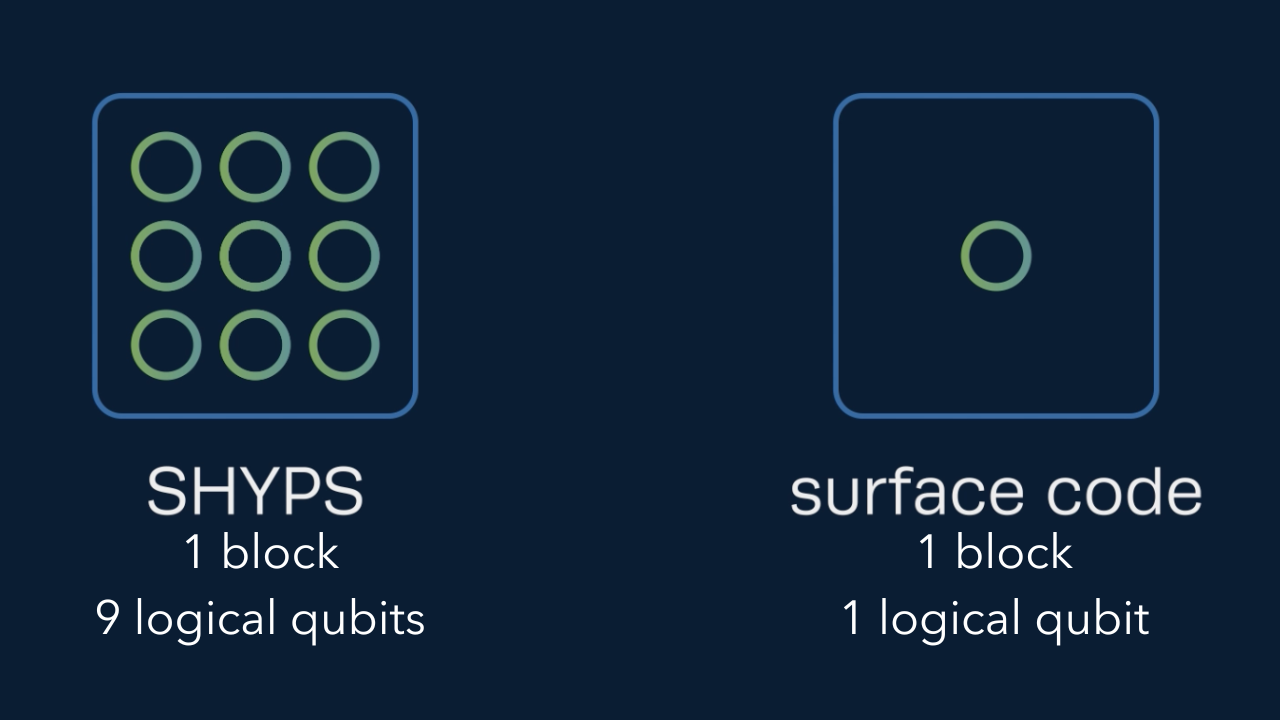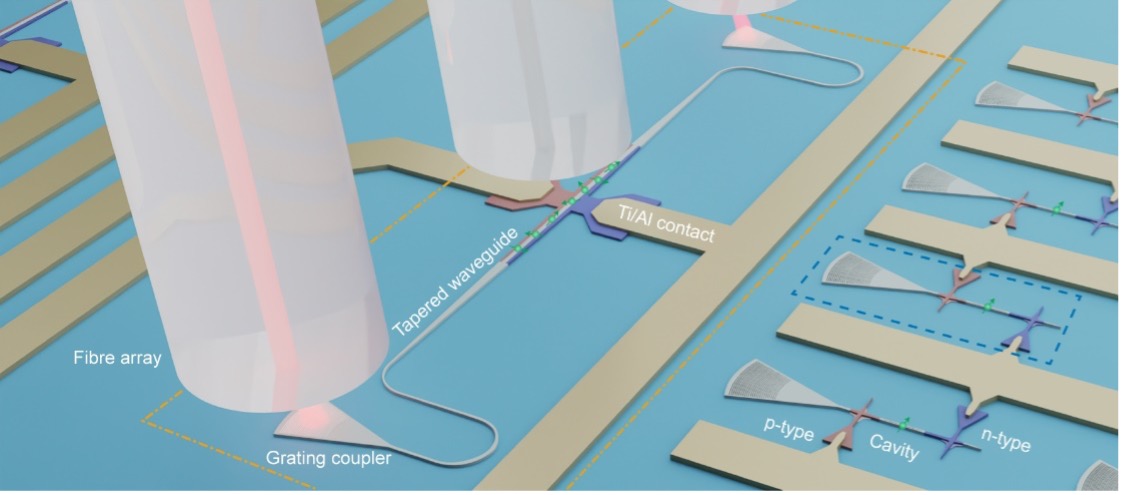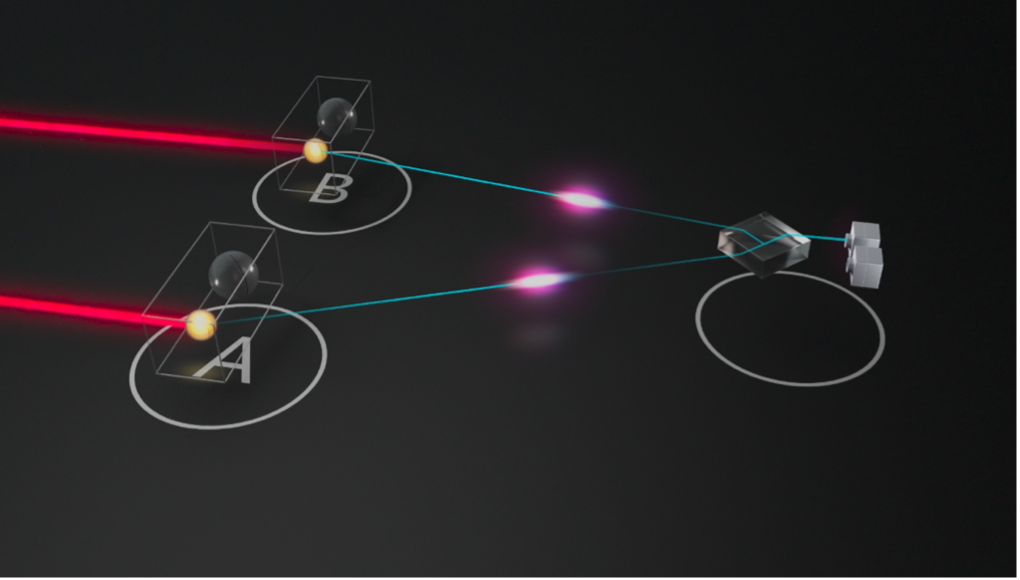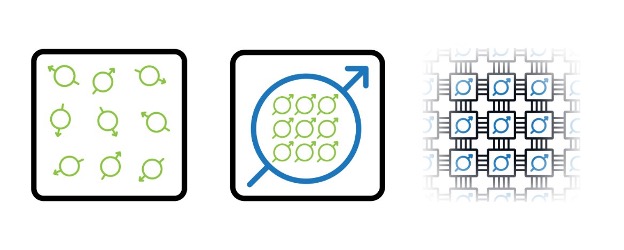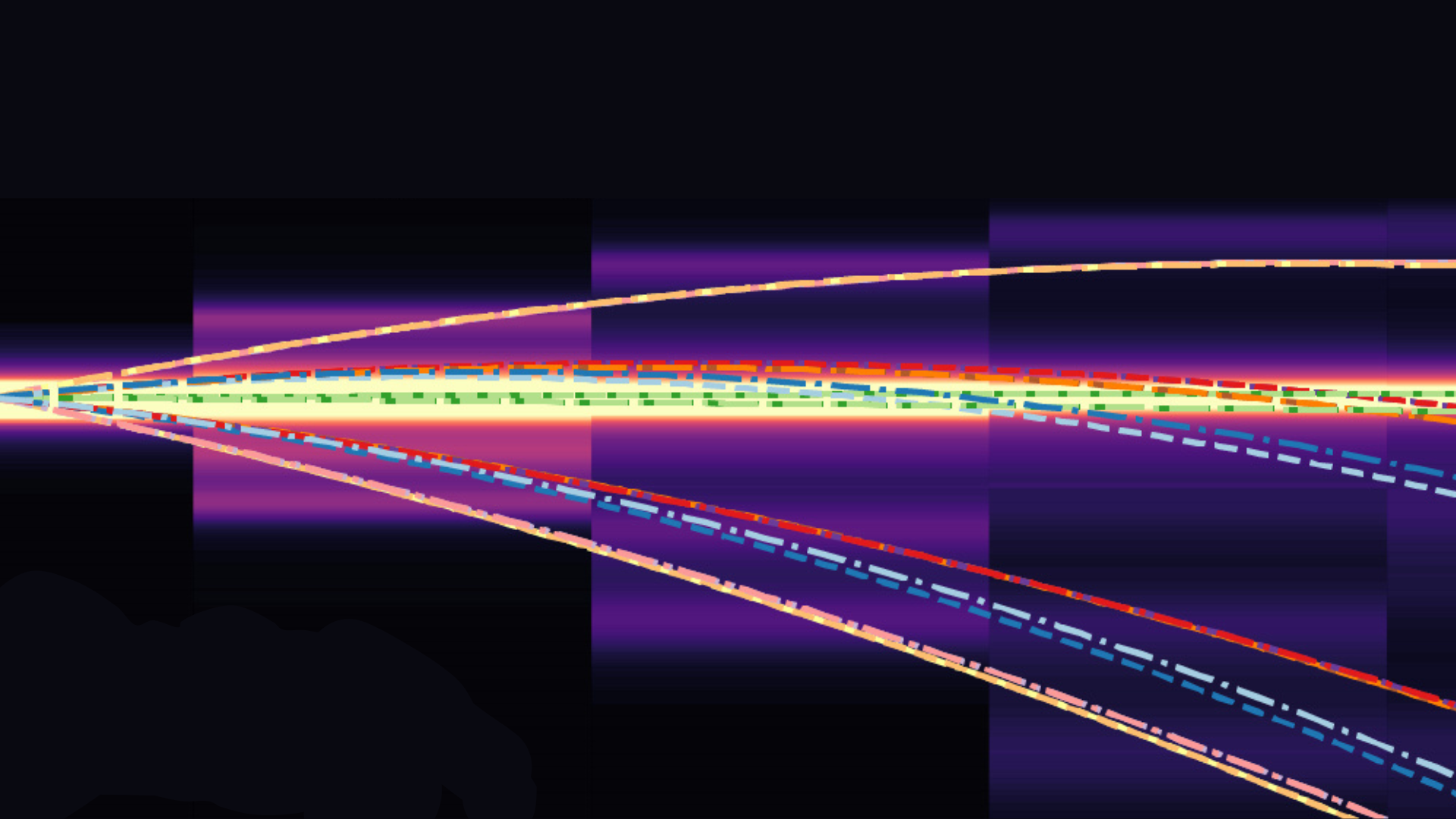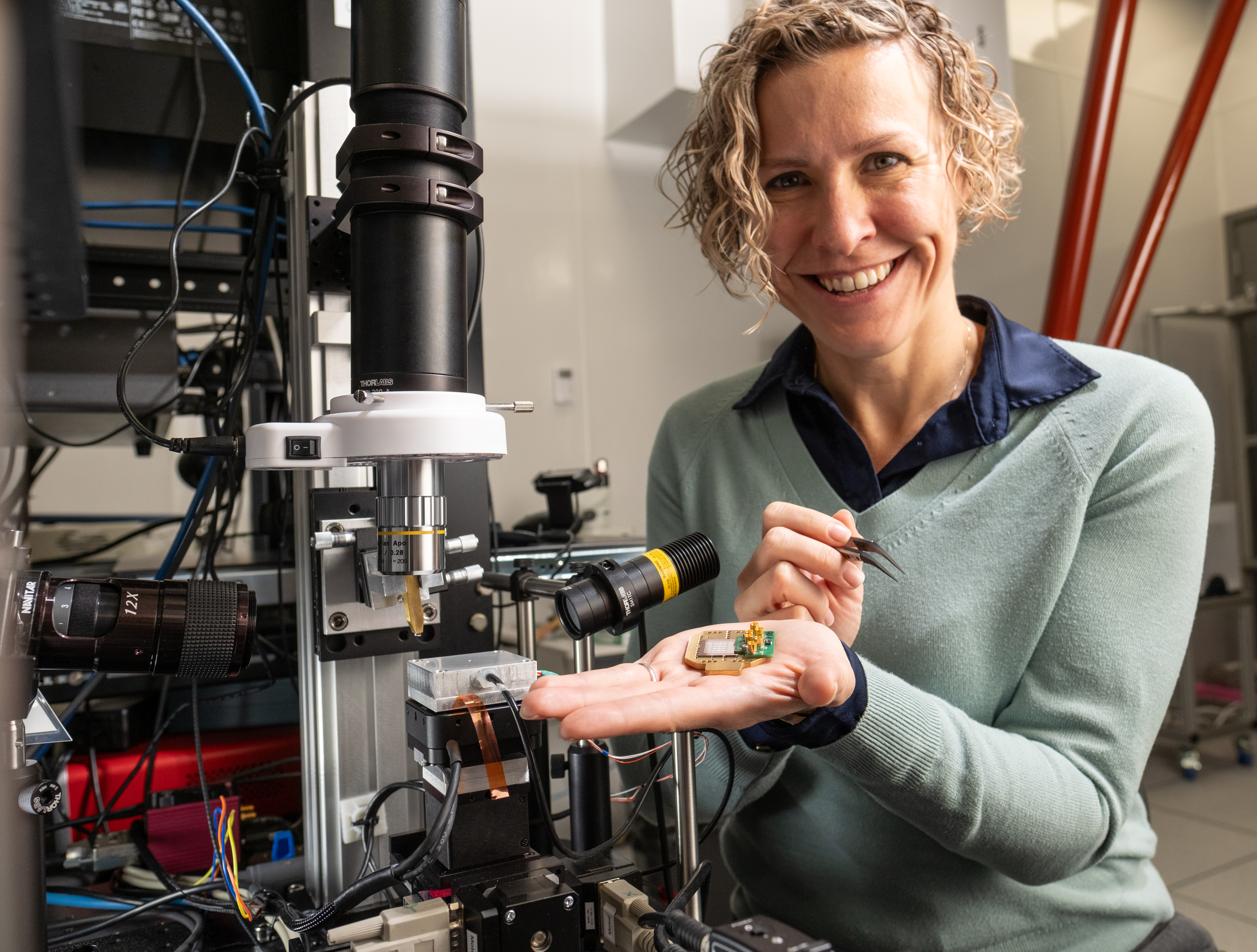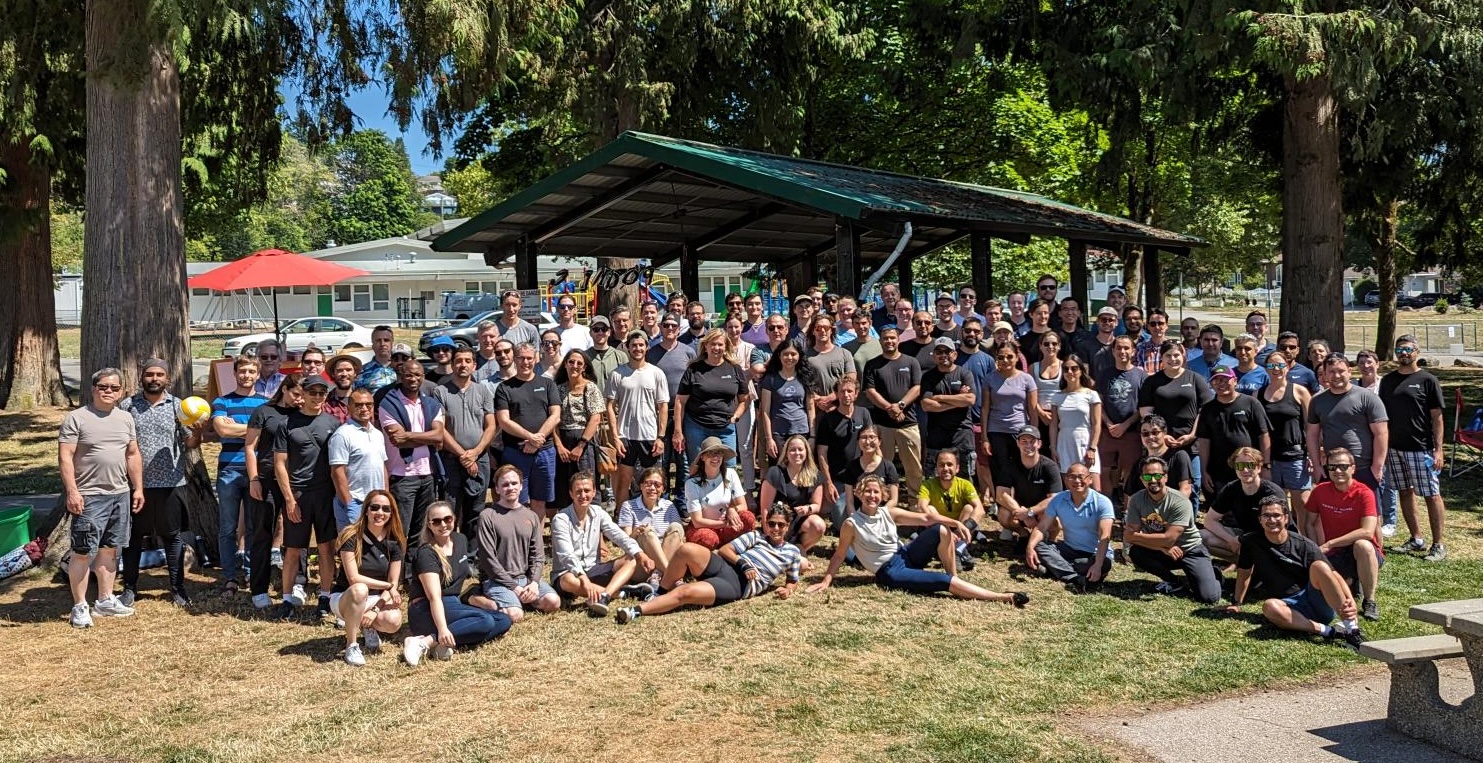When large-scale universal quantum computers become accessible, the world will suddenly find itself able to tackle a whole set of problems that are, right now, beyond our capabilities—currently constrained by the limits of classical computing.
Just the fact that we will be able to model and simulate complex systems and processes means we’ll be able to start, for the first time, addressing climate change in a properly informed manner. We’ll discover new pharmaceuticals, reduce and reuse waste materials, and model national and global financial systems in ways that let us direct them as never before.
Quantum computing is real. In the past five years, both commercial and academic research teams have created viable universal qubits, bringing the promise of commercial quantum computing nearly within reach. And as with every emerging technology, the early stages are a Darwinian field where a wide array of designs compete—each design with its strengths and weaknesses.
Looking at previous technological revolutions, we know what’s coming next.
- There will be a tipping point
- In that tipping point, a dominant design emerges
- In response, there will be a shift of efforts across the entire industry, a coalescence around the dominant design, which will become the de facto
This will be the key moment—the inflection—in quantum computing. It will become clear what the dominant design is going to be. That will be the tipping point.
What will it take to bring a global universal quantum computing solution genuinely within grasp?
A commercial, universal quantum computer must
- be able to achieve large numbers of identical, manufacturable, high-quality qubits which
- can operate under widely available environmental conditions, and
- be able to communicate rapidly and reliably among those qubits over global networks.
(Photonic can do this today. Using silicon photonic spin qubits, Photonic stores qubits in world-record-setting-long-lived spins and interacts with (reads/writes/modifies) these spins using telecom-band photons.)
Over the last 70 years—the “silicon age”—the world has engaged deeply with silicon engineering—silicon doping, circuit miniaturization, increased computing power, printed circuits, parallel processing, on-chip photonic waveguides, on-chip photon detectors and transmitters, networking—as well as the capability to manufacture highly complex silicon processors with unprecedented precision. The result has been a sophisticated infrastructure of silicon design, manufacturing, and (classical) computation, applied to solve problems. At the same time, silicon integrated photonic circuits and fibre optic technologies have undergone similar advances, enabling the global telecom internet we rely upon for so much of our lives.
Photonic is proud to stand on the shoulders of both of these giant, transformative industries. We believe that “silicon always wins,” and we are proud to commit to silicon as the dominant design in quantum computing.
Photonic has a proven, scalable quantum technology in silicon, with record-setting quantum performance and telecom networking. The silicon tipping point has begun.
Photonic is building the future of universal quantum computing now. Come and join our journey.




